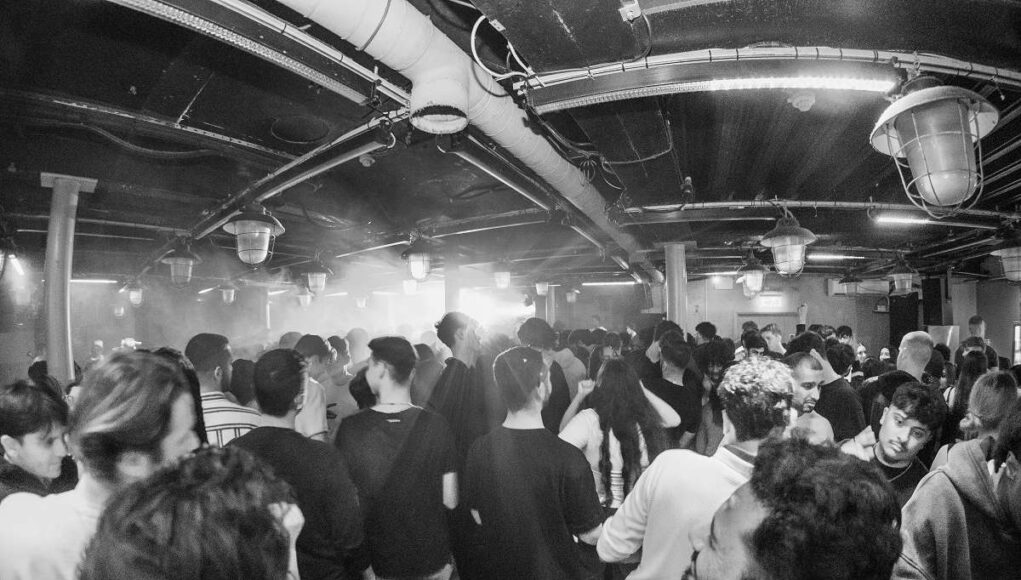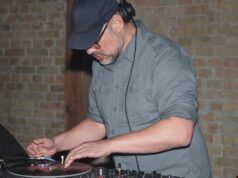Making friends has become a challenge for young people today, especially for the post-Corona generation in Berlin, where organic encounters are becoming rarer. In Berlin, „meeting friends“ often means hanging out in the park for hours, hoping not to get scammed, and waiting two hours for people you call „persons,“ but rarely „friends.“ This isolated segment of young adults is therefore actively searching for ways to connect with each other. Unfortunately, the demand is hopelessly greater than the supply.
This presents a significant opportunity for clubs to close this gap and build a positive brand perception through meaningful connections.
A Few Facts:
- Studies show that friendships are harder to form after university. Mobility, remote work, and individualization all contribute to the breakdown of traditional bonding spaces like clubs or churches.
- Paradox: Cities are full of people, but they often generate anonymity. Especially in large cities, young adults report feeling lonely despite social options. Keyword: „urban loneliness.“
- Gen Z and Millennials: Both generations are actively seeking „Third Spaces“ (spaces between home and work). Coffee shops, gyms, community events, or even Discord servers and social apps partly take on this role. But: many offers are transactional, not truly connective.
- There are a lot of tools (Meetup, Bumble BFF, sports groups), but the quality of the connection lags behind. In other words: the offer is there, but it is not effective enough to create deep connections.
- Clubs have always been Third Spaces. But for a long time, they focused on „night, escapism, excess,“ less on commitment or community-building. I’ve mentioned this before in other contexts, where it was about how clubs failed to pick up the younger generations after the pandemic, losing two whole cohorts.
The idea for this article came to me through the „Open House Day“ at Sisyphos. On September 11th, Sisyphos hosted an Open House: lectures about its origins and history, insights into structures, and its contextualization in Berlin. There was also music, food, and a bouncy castle for the younger crowd.
How Could Club Culture Adapt Further? A Few Approaches:
From Event to Continuity
Clubs could establish formats that provide a social infrastructure beyond the one-time rave visit. For example: open regulars‘ tables, bar nights, listening sessions, or book clubs, queer film nights, workshops in the same spaces, with the result being recurring touchpoints where people see each other more often—not just once for a sweaty night out.
Daytime as a Gateway
For Gen Z, the club as a lifestyle space is also interesting during the day. Cafes, co-working spaces, or sports offers in the club’s surroundings (remember the FC Magnet Club Tournament by Berlin’s clubs…) could break down barriers and enable „friendships in daily life.“ Example: Clubcommission & YAAM are doing daytime labs, Lokschuppen or ELSE open during the day with a different vibe.
Digital Pre- and Post-Rooms
Community doesn’t just live in the physical space. Clubs could maintain Discord servers, Telegram chats, or their own platforms where playlists, photos, and discussions emerge. In this way, connections are also formed between events.
„Onboarding“ for New Club Goers
For a generation that was socialized during the pandemic, traditional door policies can be intimidating. Clubs could offer entry-level formats, such as early evenings with moderate sound, awareness workshops, open decks. This lowers entry barriers.
Hybrid of Subculture and Care
Club culture can be a Third Space if it is defined not just by excess, but also by care. Safe spaces, awareness, inclusion, and even political discussions. This fulfills a social need that apps and bars cannot provide.
Cooperation with Brands?
Clubs should use their own relevance to function as platforms and collaborate with the right partners (community-oriented NGOs, local collectives, small labels), not random energy drink brands.
If clubs position themselves as places for „connection biographies,“ they not only secure their relevance… they become the missing social anchor for Gen Z.








